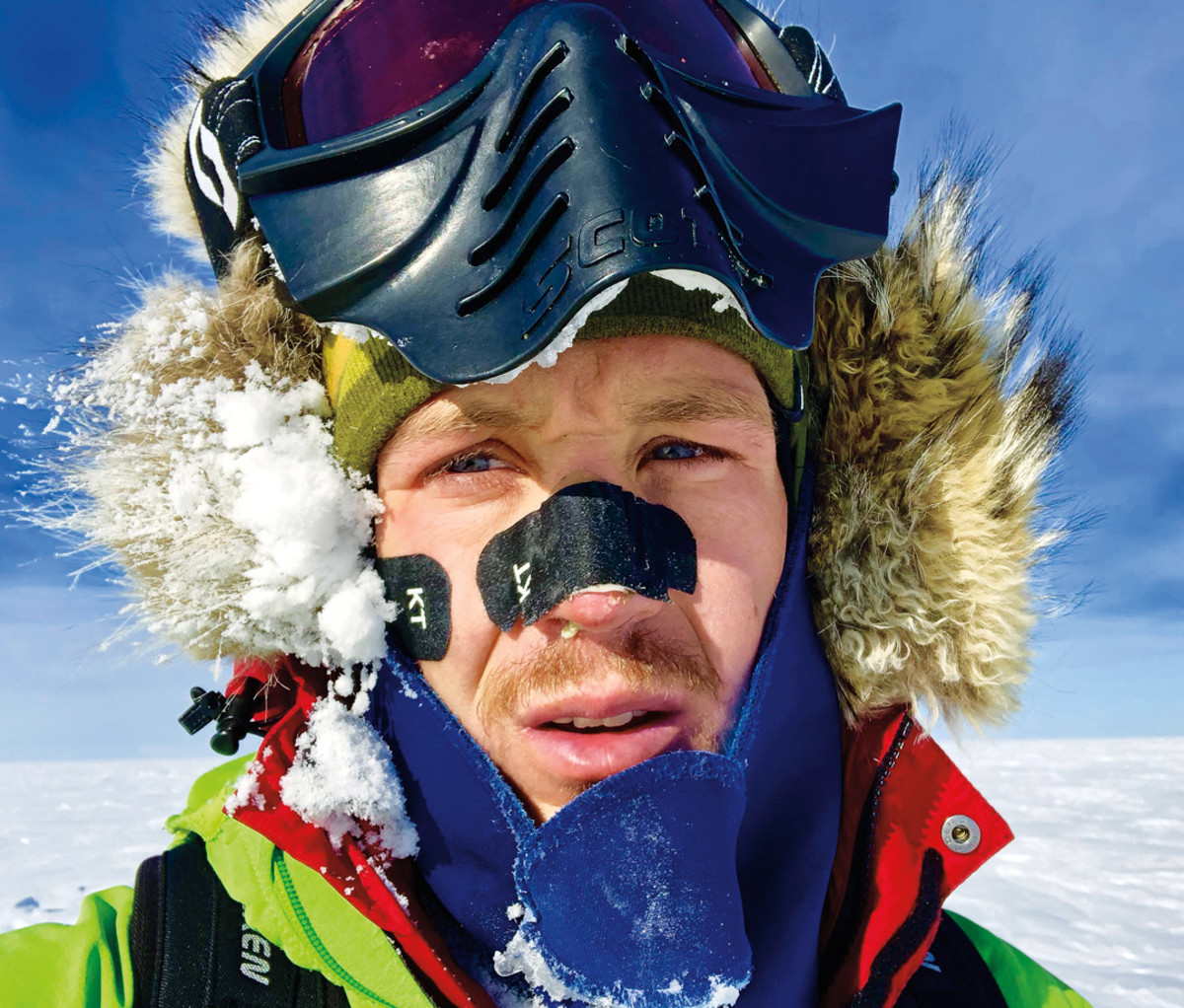When COVID-19 hit and isolation became the norm for majority of the world, many found it difficult to cope with loneliness. Grappling with a global pandemic understandably heightens feelings of fear and anxiety. To better manage negative thoughts and self-talk, we tapped one of the world’s greatest solo adventurers, Colin O’Brady. He’s a professional endurance athlete and explorer who holds the speed record for the Explorer’s Grand Slam, reaching the North Pole, South Pole, and highest peak on each continent, in 139 days. In 2018, he completed a 932-mile solo and unsupported journey across Antarctica in 54 days. Here’s how O’Brady has learned to overcome the most extreme psychological stressors. — as told to Wesley Grover
Being alone for 54 days, in probably the most isolated part of the entire world, poses a lot of challenges, to say the least. Something I’ve done a lot of in my life is meditation, specifically, Vipassana meditation. The way you get into it is to go on a 10-day silent meditation retreat with no reading, no writing, no eye contact. I went to that about 8 or 9 years ago for the first time, having never meditated a minute in my life and essentially spent 10 days in total isolation.

That was my first foray into journeying deep into my mind. Of course, 54 days in Antarctica is like doing the most extreme silent meditation retreat of all time. The way I like to describe it, both the silent meditation as well as the Antarctica expedition, is that when you’re alone in your own thoughts for that long, it’s like a party and you’re inviting all the angels and demons in your mind to it. I’ve found lots of euphoric moments, moments reflecting on interesting memories in my life that I hadn’t thought about in a long time, lucid dreams, deep-flow states, and a profound calm that I would have a hard time finding in day-to-day life with its typical distractions. But I’ve also found some of the darkest edges of my own psyche. Moments of deep fear, anxiety, exhaustion, and doubt. All of those typical negative self-talks that we have. In a long solo expedition, you need an ability to look those dark edges straight in the face and overcome them. It’s really a focus on shifting that mindset toward the positive, as well as observing some of those negative emotions more objectively. I’ve learned a lot of that through my meditation practice.
At the end of my trip, and particularly the last few days, I tapped into these really deep, meditative flow states and, ultimately, I covered 77 miles in a continuous 32-hour final push to complete the project. I equate getting to that place in my mind by not just putting a Band-Aid over the fear, but actually going to the root cause of a lot of those fears. When those fear loops would come up in my brain, I was actually letting myself go there. Not in a way that was crippling, but it was almost like, “Okay, you’re afraid right now. Let’s think about that. Let’s feel that. There’s a lot of doubt coming up. Why is that there? Is that a logical fear, or is that just your mind playing tricks on you?” When I allowed myself to go there with some of these fears, I was able to dissipate them and say to myself, “Yes, that’s a logical fear. You could die out here, but how do we overcome that? Execute properly. Stay focused. Be dialed in.”
Want more wisdom and advice like this? Check out:
from Men's Journal https://ift.tt/2PLhe4B
via IFTTT











0 comments:
Post a Comment